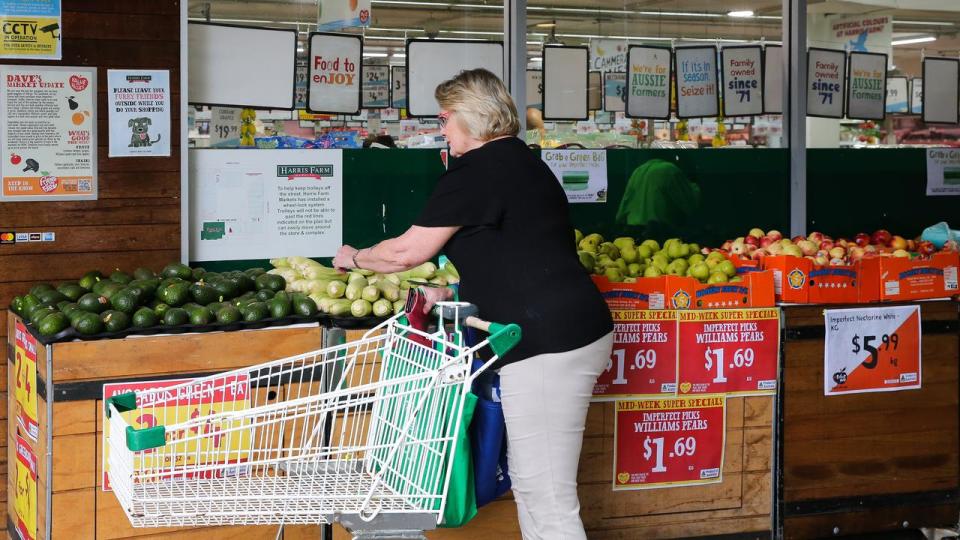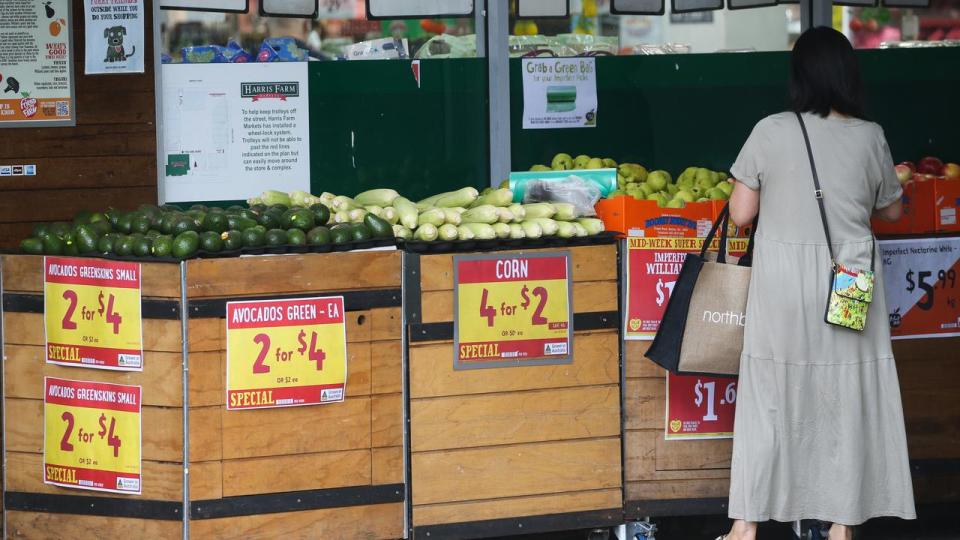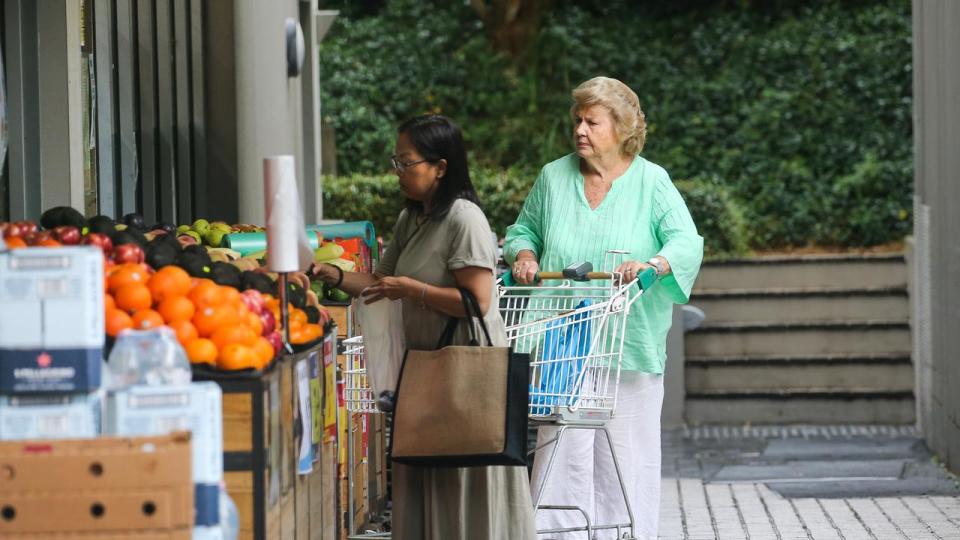Aussies paying more than ever for groceries

Millions of Aussies are struggling to afford their groceries, with the average household now forking out more than $9900 annually at the supermarket checkout.
The number of Australians who are finding rising grocery prices a financial headache to their weekly budget has more than doubled in the last four years.

The latest research by Finder says 40 per cent of Australians – equivalent to 3.7 million households – were now finding their grocery bill is one of their major financial stressors compared to only 19 per cent in 2020.
Finder’s head of consumer research, Graham Cooke, said the average Aussie household is on average spending $191 per week on groceries in April.

“Rising costs are putting pressure on household budgets, which are being stretched thin,” Mr Cooke said.
“We’ve seen grocery stress more than double over the last two years, driven by these large price hikes.”
Finder calculated the cost of a basket of 23 goods, with average prices from 2022 and 2024, using data from Woolworths and Coles.
The study found that people were now paying about $406 compared to $361 in 2022 – that’s an average increase on this basket of over 12 per cent or an extra $46 each week.
Finder’s analysis revealed there had been an increase of:
31 per cent in price increase for oils and fats
Between 22 per cent and 25 per cent increase in Breakfast cereals, bread, cheese, eggs, and milk
15 per cent jump in poultry
14 per cent rise for fruit prices
Mr Cooke said there were ways people can aim at reducing their grocery bill, especially as the increases fail to match the roughly 8 per cent average wage growth across Australia.
“Heading into the shops with a shopping list will prevent you from making impulse purchases, and sticking to the items you actually need,” he said.

“Taking advantage of supermarket reward programs can help you save a few dollars here and there off your shop.
“The best thing you can do is shop around at various supermarkets – or even cast your net a bit wider.
“Online stores like Amazon often offer pantry goods at lower prices than the big two.”
In the 12 months to August 2023, food prices across Australia rose 7.5 per cent, with households spending about $14bn on groceries in December last year.

 Yahoo Finance
Yahoo Finance 